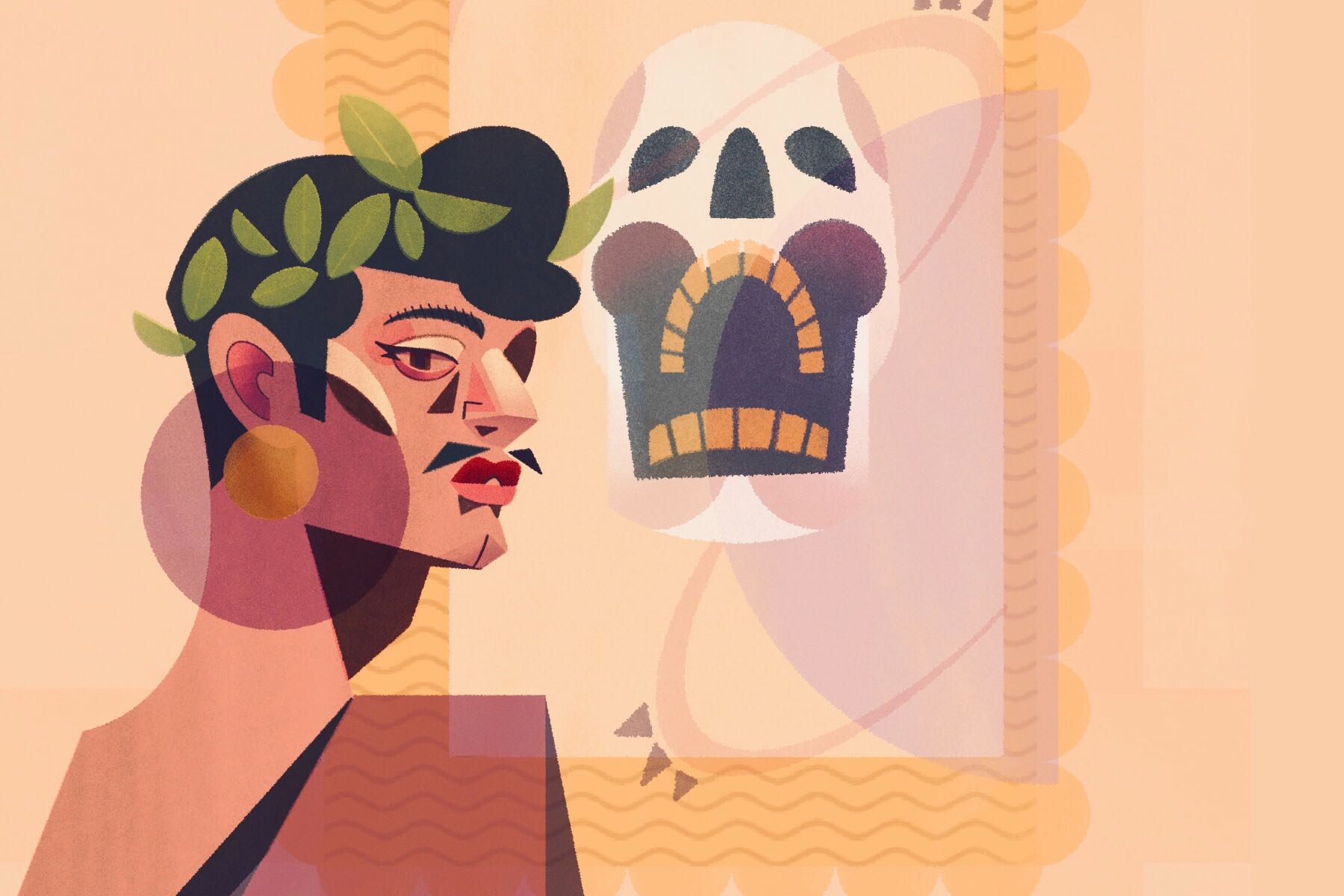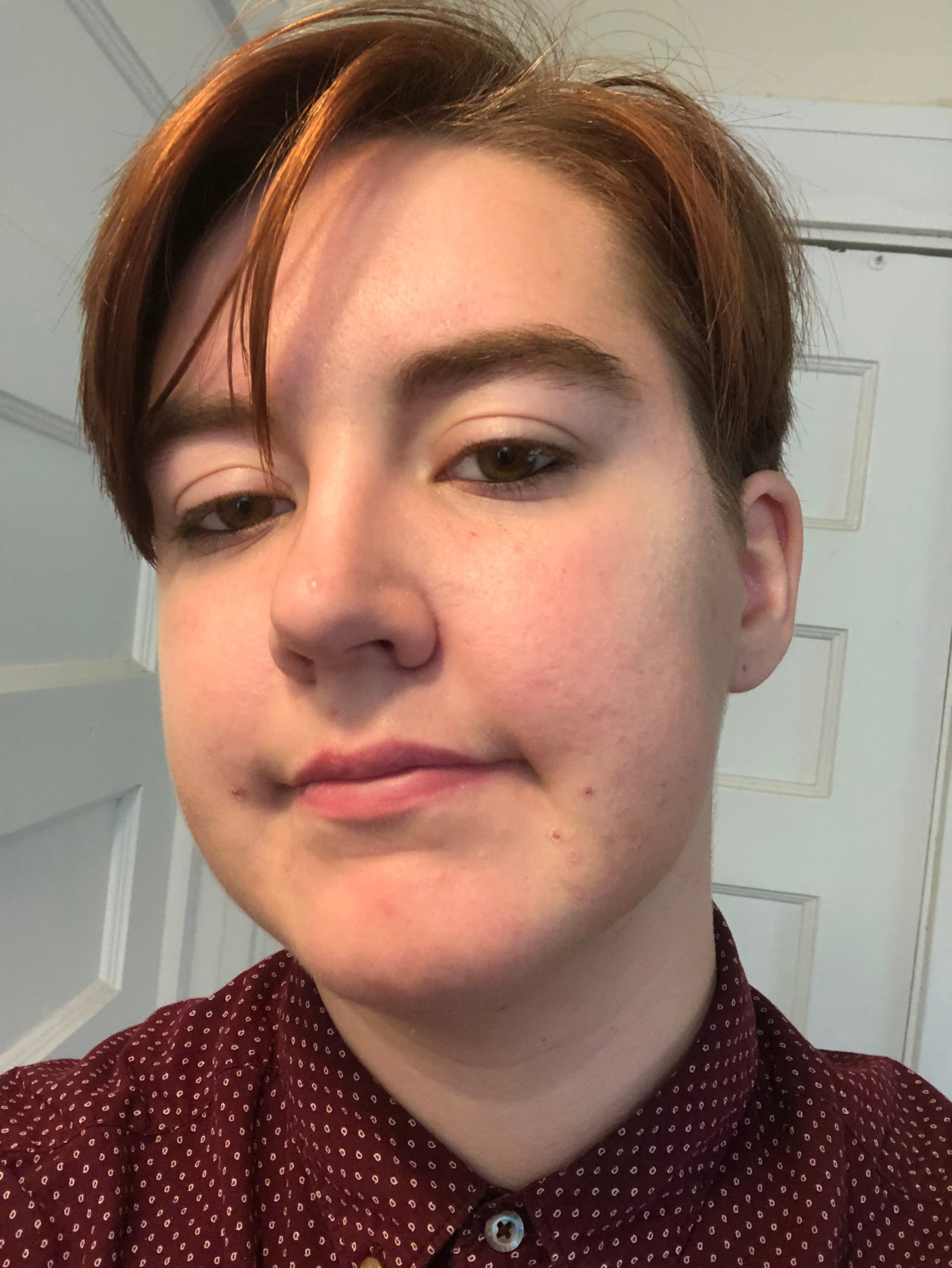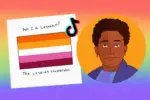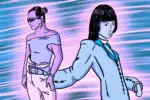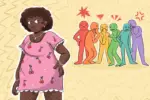Literary canon is surprisingly controversial these days. Despite being constantly brought up for discussion, it is a subject that is not always addressed fully. Unfortunately, Queer literature is one such category that often gets ignored.
If you look at your required reading list in an English literature course, unless your professor is specifically mindful of their cultural hegemony, you will find mostly straight, cisgender male writers. Not to say that those authors don’t have a place: Shakespeare (his sexuality is arguable, but he was definitely privileged), Ovid and Victor Hugo are great writers that should be talked about in the scope of their influence on Western literature.
That being said, as a queer English major, I wanted more. I wanted to see myself represented in historical works that weren’t modern young adult novels (which have come to be the main source of representation for LGBTQ+ people in literature, from what I’ve seen), especially since half the time, I couldn’t talk about those in a high level literature course. So, here’s a short list of queer literature that your professors can’t claim as “low-brow.”
(Note: I’ve tried to include a wide range of identities here, but keep in mind that, due to these works’ historical nature, modern terminology for queer identities has yet to be established. So, you’re unlikely to see any explicit statements of queerness. Basically, none of the characters have a specific moment where they say “I’m gay” or “I’m trans.” Close reading is necessary.)
1. “Carmilla” by Joseph Sheridan Le Fanu
When one talks about early vampire fiction, the first work mentioned is often Bram Stoker’s “Dracula.” However, “Carmilla,” by Joseph Sheridan Le Fanu, predates the publishing of “Dracula” by 26 years.
The novella centers around Laura, the teenage protagonist, who becomes the prey of a female vampire named Carmilla, and the lesbian undertones in this text can’t be ignored. One passage proceeds as follows:
“With gloating eyes [Carmilla] drew me to her, and her hot lips traveled along my cheek in kisses; and she would whisper, almost in sobs, ‘You are mine, you shall be mine, you and I are one forever.’”
Gal pals might be the go-to denial for lesbian couples these days, but it’s clear that this goes a bit beyond just being good friends. Carmilla and Laura share a very passionate, intimate connection.
The text is available for free online. Scholarly articles do exist for this work as well, so finding secondary sources for a paper is not a difficult task.
2. “The Picture of Dorian Gray” by Oscar Wilde
“The Picture of Dorian Gray” is essential for discussing queer literature in canon. Luckily, this novel is one that’s often already seen in literature courses, particularly ones that have to do with 19th century works, so it’s not hard to find ways to use it in class.
In the novel, Dorian Gray, a young, attractive man, bemoans to an artist friend of his that Dorian’s portrait will have never grow old, while Dorian’s beauty will fade. It soon becomes clear to Dorian that his wish of eternal beauty has been granted. He notices that for every ugly deed he commits, for every year that passes, the portrait grows more twisted and vile, while his youth remains.
It’s an exploration of hedonism and morality. Oscar Wilde, the author, was a gay man living in Victorian England. He was eventually imprisoned for sodomy, and part of the evidence included quotes from “The Picture of Dorian Gray.”
The text is available for purchase through several sources, though I recommend the original Lippincott edition (taken from the magazine where it was first published) as it does not omit the more queer aspects of the book like some other editions do.
3. The Poetry of Sappho
Sappho was a Greek poet who lived from 620 to 570 BCE. You can’t get into lesbian terminology without seeing her influence: the word “sapphic” (referring to the romantic and/or sexual attraction between two women) literally comes from her name. In fact, even the term “lesbian” is derived from Sappho’s home island of Lesbos.
While it’s now known that she was bisexual, her work has influenced lesbians specifically for hundreds of years. One of her more famous poems, “Ode to Aphrodite,” has been the subject of essays and close examinations by dozens of scholars.
While there is no definitive collection of Sappho’s work, a vast majority of her poems are available for free in translation online.
4. “The Canterbury Tales” by Geoffrey Chaucer
While there isn’t really a good way to summarize the plot of “The Canterbury Tales,” it exists in a frame narrative, or a ‘story within a story.’
Chaucer doesn’t come up much in the discussion of queer literature. His “Canterbury Tales” have explicitly misogynistic characters. There are also several scenes of sexual assault in his tales. But there’s one character in particular who is clearly gender-nonconforming, and that’s the Pardoner.
The Pardoner is described as having a high-pitched voice, long flowing hair and an inability to grow facial hair. Chaucer writes through his character in the novel that he did not know if the Pardoner “was a gelding or a mare” (I’ve translated that from Middle English, as the spelling differs from what we use in the mainstream today).
Dr. Gabrielle M.W. Bychowski has done extensive work discussing the Pardoner as a trans character. Her blog, “Things Transform,” has links to numerous articles discussing medieval trans studies.
“The Canterbury Tales” can be found in full here.
5. “Giovanni’s Room” by James Baldwin
All of the above writers are white, so let’s end on a queer writer of color.
James Baldwin was an openly gay American civil rights activist in the 1960s. He has numerous works dealing with queer characters, but “Giovanni’s Room” is probably the most popular. The Amazon description is as follows:
“Set in the 1950s Paris of American expatriates, liaisons and violence, a young man finds himself caught between desire and conventional morality. With a sharp, probing imagination, James Baldwin’s now-classic narrative delves into the mystery of loving and creates a moving, highly controversial story of death and passion that reveals the unspoken complexities of the human heart.”
The novel centers on gay characters, and was one of the first “high-literature” books I read with explicitly gay characters.
It’s available for purchase through several outlets, including Barnes & Noble and Target. Check with your local library for a copy as well.
In the end, there’s plenty of queer literature out there. Find it, read it and realize that queer people have been here and writing for a long time.


